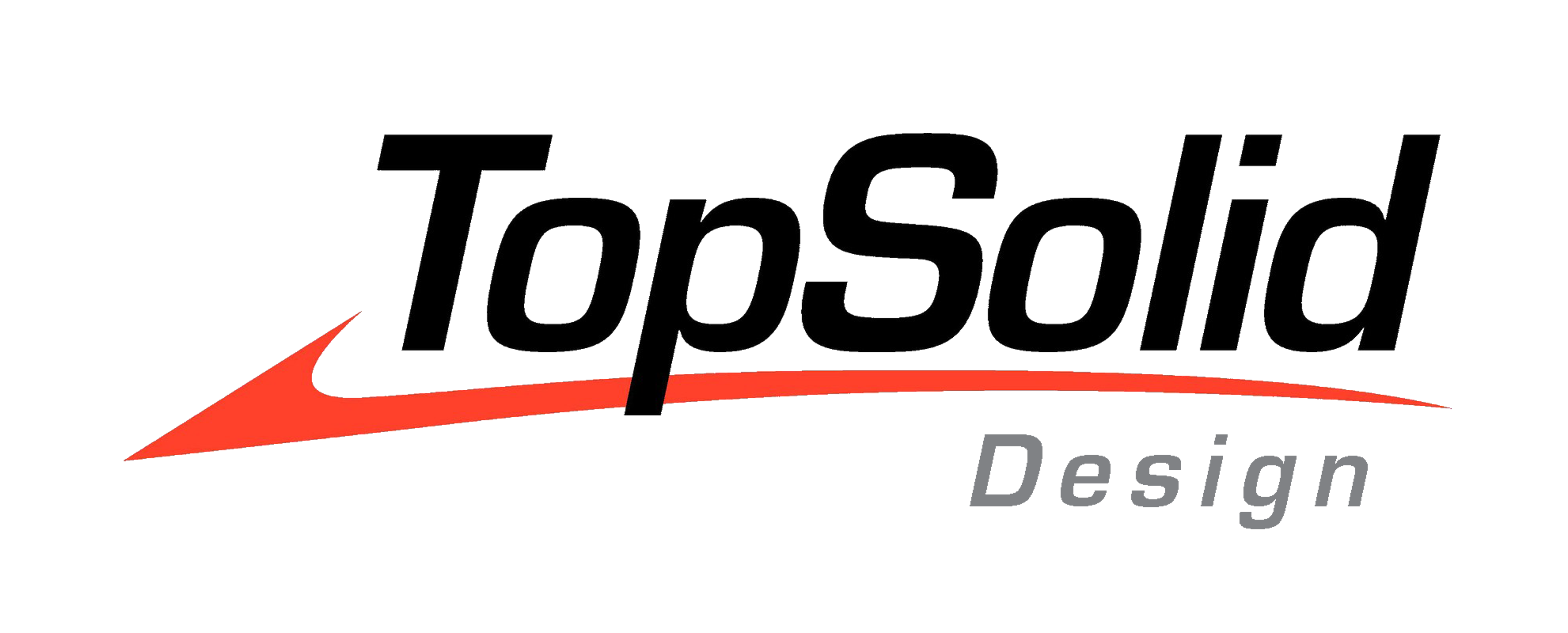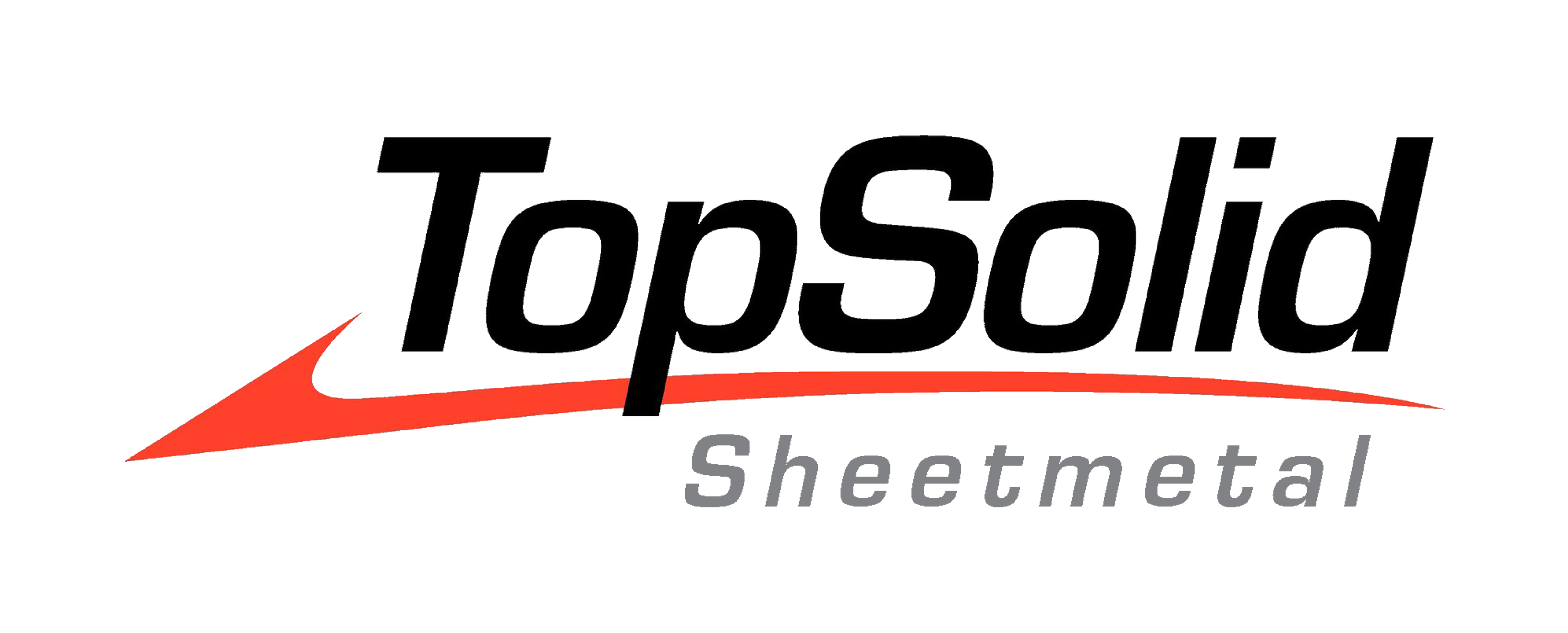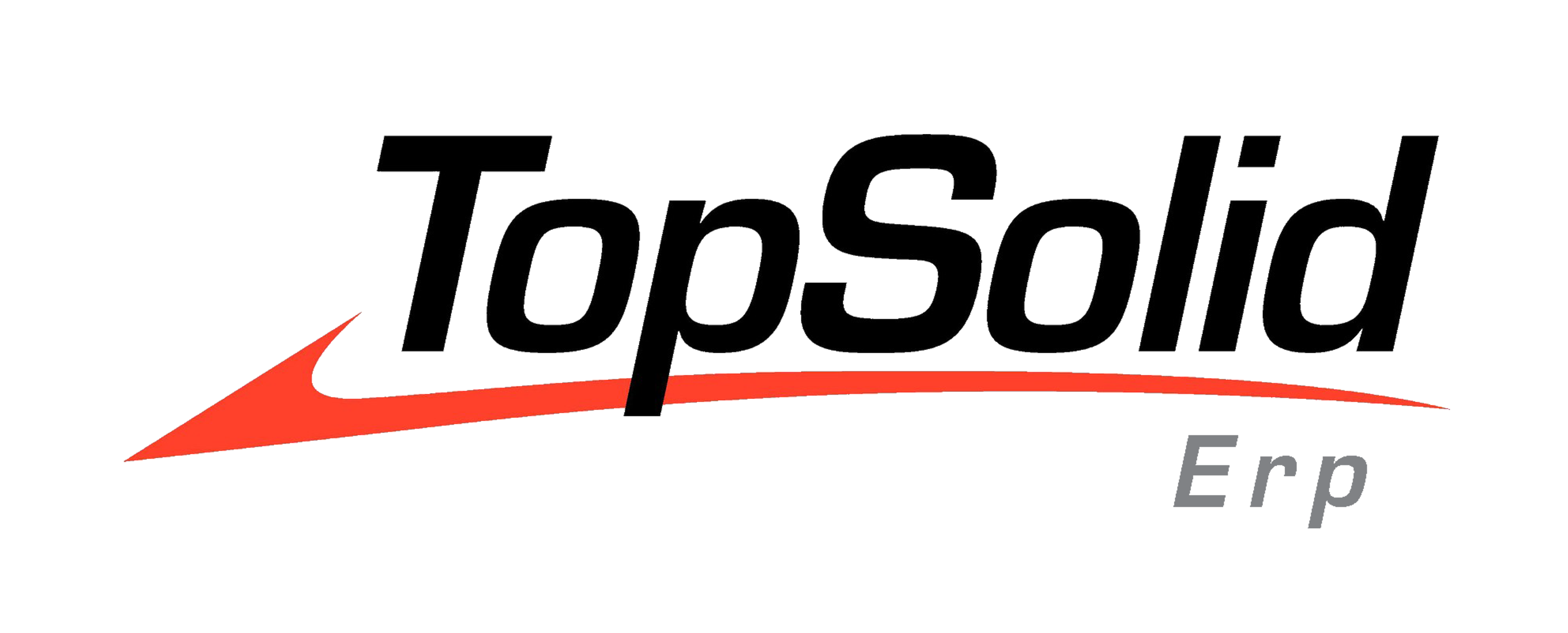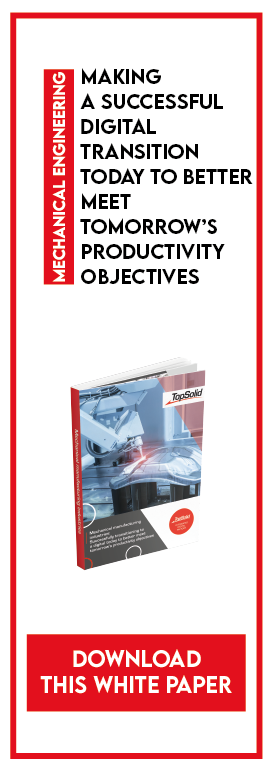The divide between design and manufacturing processes is the norm in companies most of the time. And if the reasons are diverse, they seem less and less legitimate. Indeed, some companies have already taken the step of managing these two stages together and merging the associated software. As such, they put forward the undeniable benefits in terms of competitive advantage, reliability, timesaving, and productivity.
In the era of Industry 4.0, is it still relevant to question the advantages of a single CAD/CAM solution? To understand the stakes and decide to take the plunge, follow us!
1/ Design and Manufacturing: processes are not systematically linked
Organization, work habits, investment, etc. how can you explain this real gap between the two processes?
The historical reason is one of the main answers. Indeed, a company that develops progressively, is not always able to produce its own designs. Therefore, it subcontracts the manufacturing process and limits itself to the role of assembler by habit and comfort for sometimes several years. The possible merger of the company’s design process and the subcontractors’ manufacturing process the remains a non-topic in the Monday morning management committee meetings.
Corporate culture also plays a key role. Some companies have invested in manufacturing tools or have created groups of “preferred partners”. This action is not correlated to associate design and manufacturing. Indeed, it is more a question of not being dependent on defaulting subcontractors (late delivery, penalties charged by the customer, etc.), and on the evolution of the cost of the markets.
Manufacturing, is it putting brakes on design and creativity?
There is an assumption that the Process Planning Department is a subcontractor of the Design Department. The designer, in the creation of his masterpiece, does not seek to know how the product will be manufactured. After all, it is neither his problem nor that of his customer, each to his own trade! However, the brakes originate with this type of thinking… a work based on exchange and collaboration, presenting on the contrary beautiful opportunities of synergy.
Of these three reasons, one thing is clear: the merger process cannot take place without a solid transformation project, supported by the management committee. And it has to happen since rapid increase of advanced technologies, volume of data transiting between the various departments and the outside world, as well as the notion of the digital chain. These variables are undoubtably calling for a merger!
2/ Merging CAD and CAM: what are the good reasons?
Let us be consistent. Insofar as your design department designs parts and your company has its production tool, the question of streamlining flows arises at one point or another. And to do so, the solution is radical!
On the one hand, minimize the use of subcontractors to control the manufacturing process. It is indeed a question of optimizing the purchase costs compared to the manufacturing, the margin on the selling price of the product delivered to the customer as well as the production time for delivery and invoicing in the pre-defined time.
On the other hand, stop designing and developing products that cannot be manufactured within the company. You need to manage the machine resource: by this, we mean the “capacity” to manufacture or not, and the occupancy time (workload compared to the set deadlines). Note also that you pay back your machine investments, your ROI thanking you in the process!
However, do not forget the designers, by offering them a wider range of products adapted to their customers, since they will be able to have them manufactured directly in their company! By taking into account the production requirements, and the elements allowing you to industrialize the products more quickly, they will naturally be part of an increase productivity approach.
In short, be convinced that your company’s know-how is based not only on your design skills but also on your ability to create, manufacture, assemble and deliver products on time. However, be aware that to achieve this, it is essential to master all internal processes.
This is where merging CAD/CAM is essential. End of the demonstration!
3/ How to get started and finally merge design and manufacturing?
The merging of the design and manufacturing processes is the result of will, coupled with a real company strategy. It requires a change in mentality, the implementation of new or better-adapted work methods, and tools allowing good inter-departmental communication, etc., a perilous change of culture, but quite feasible.
Choosing a software to enforce strategy and facilitate communication is one of the best solutions, and as such, you have two options.
- Design department and process planning department work on software from different publishers, not having a direct exchange interface:
Although this configuration is entirely possible, it nevertheless requires additional efforts from the employees and imposes significant constraints. Firstly, the possible loss of geometric data, during the transfer of information between the two solutions, will require a correction in the process planning department, without any guarantee in the long term. The other major disadvantage is the impossibility of automatically retrieving the properties of the parts and the manufacturing characteristics without specific development.
This operation highlights a real lack of reliability and traceability, as well as a proven cumbersome action and waste of time. That is a lot, isn’t it?
- The second option and this is, of course, the one we recommend: you switch to a fully integrated software solution!
In this case, we are talking about the TopSolid tool and its CAM, CAD, PDM, and ERP applications which, on a single user interface, ensure solid and coherent data management between the design department and the process planning department. The native transfer, the CAD/CAM associativity, and the common database have advantages …
- fully recover data concerning the “parts and manufacturing” characteristics;
- automatic transfer of CAD modifications to CAM (with the index management of common modification),
- total traceability of the projects
- deletion of file conversions via interfaces and successive data entry
- deletion of risks related to data loss
In the end, the entire design and manufacturing process is secure and reliable, with phenomenal gains in time and productivity!
With TopSolid, the merger of manufacturing and design is part of a logic of digitalization and continuous digital chain. The unique software and its native integrations allow for a rapid learning curve as well as a reduction in costs and implementation timeline.
Very quickly, you will notice the positive effects. Exchanges within the company, particularly communication between the design and process planning departments, are facilitated, standardized and secured. Better coherence of the projects between design and manufacturing which saves time, optimizes flows and improves quality and efficiency. In an increasingly competitive context, you will appreciate this way of increasing productivity!










